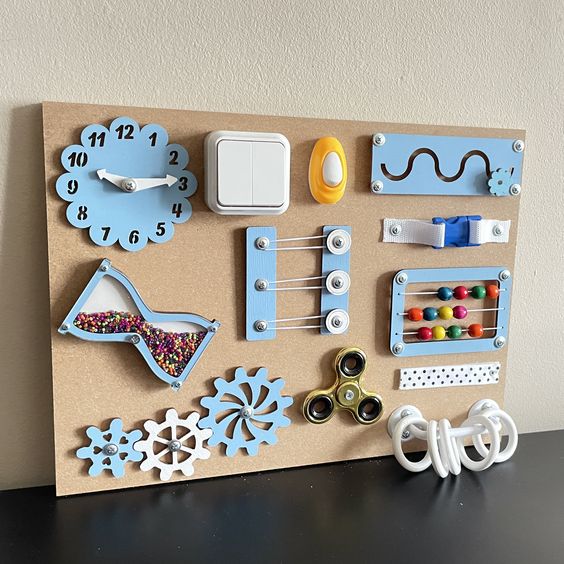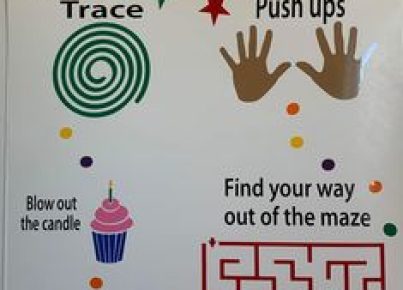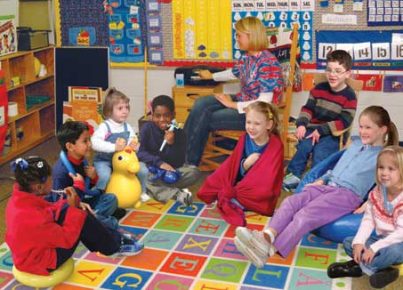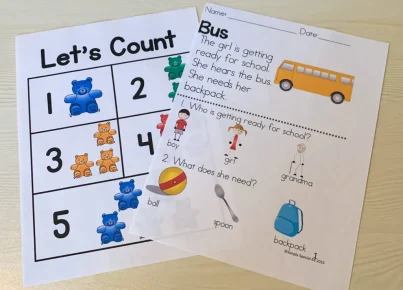Introduction
Special Educational Needs (SEN) and giftedness are two terms that are often used in education, but their relationship remains unclear for many. This article aims to explore the links between students with SEN and those who are identified as gifted and talented, focusing on characteristics, shared experiences, and approaches to support these learners.
The Concepts of SEN and Gifted & Talented
SEN encompasses a wide range of learning difficulties that create barriers to students’ effective learning process. These can include physical impairments, communication difficulties, learning delays, or emotional and behavioral difficulties. In contrast, giftedness refers to the presence of exceptional abilities in one or more areas such as intellectual, artistic, athletic or leadership domains.
Some students may present both exceptional abilities and specific challenges; they are referred to as “twice-exceptional” or “2e” learners. Their unique set of strengths and weaknesses may lead them to face similar struggles as their solely SEN or gifted peers.
Characteristics Shared by SEN and Gifted & Talented Students
There are several traits that both the groups of students with SEN and those with giftedness share. Some of these common characteristics include:
1. Sensitivity: Both groups may exhibit heightened sensitivity emotionally or physically. They might be more attuned to sensory stimuli or experience stronger emotional reactions than their peers.
2. Divergent Thinking: Both gifted individuals and some students with SEN may think differently from their peers, exhibiting creative problem-solving techniques or unique perspectives on various topics.
3. Learning Styles: While some traditional pedagogical approaches may not work for SEN students due to their particular challenges, they might also be insufficient for gifted learners who seek deeper explorations or accelerated curriculum options.
The Importance of Proper Identification
Accurate identification is essential for understanding the interconnections between SEN and gifted populations. Misidentifications can occur if teachers and educators solely rely on behavioral cues or assume that a child’s challenges automatically preclude their giftedness. To prevent this, schools must implement comprehensive assessments of a student’s abilities and needs, considering multiple sources of information that acknowledge the potential for twice-exceptional profiles.
Supporting Students with SEN and Giftedness
Despite the differences between students with SEN and those identified as gifted and talented, there are common strategies that can benefit both groups. Some of these methods include:
1. Differentiation: Providing varied activities, materials, and pacing to accommodate the diverse needs, interests, and strengths of all students.
2. Encouraging Collaboration: Establishing partnerships between specialists, teachers, parents, and students to foster communication and provide personalized support.
3. Flexibility: Introducing an element of flexibility in the classroom environment to enable each student to flourish according to their individual abilities.
Conclusion
The links between SEN and giftedness have significant implications for education providers, policymakers, and families who aim to ensure that every student has the opportunity to reach their full potential. By understanding the connections and commonalities between these exceptional learners, we can devise more effective strategies for identification and support moving forward. This exploration continues in “Links Between SEN And Gifted & Talented: Part 2”, where we will delve deeper into specific resources and case studies that showcase these shared experiences.





